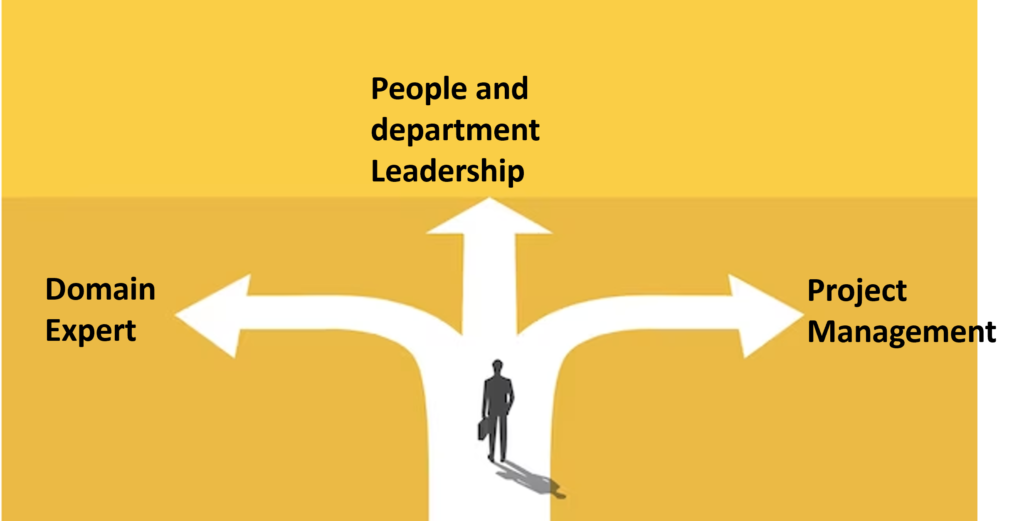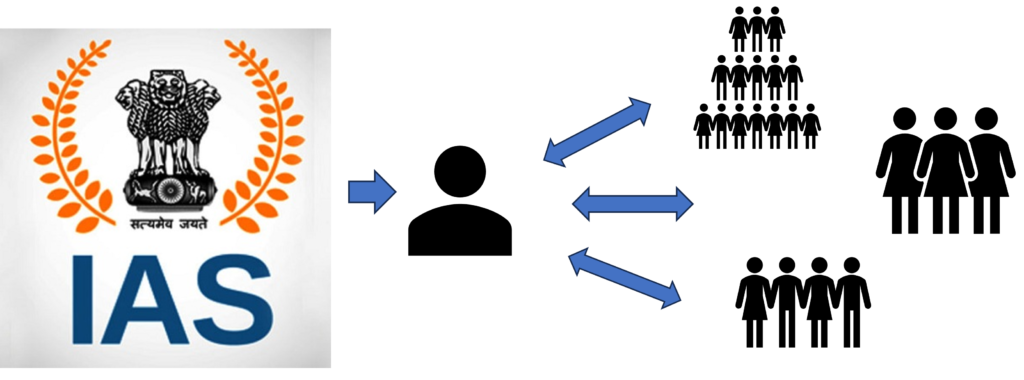Tech Industry in Crisis in 2024
In 2024 there is lot of talk about lay offs and job losses. While there are too many factors involved, this cycle also shall pass. In the middle of all of these, silent death of careers at mid-senior levels deserves some attention. Few people have written and spoke about it. Yet, it is forgotten in the middle of other stories.
It is a big heart burn for the tech professionals and other private sector mid-career professionals. During initial 10-20 years, they spent a great deal of their life energy working & earning. A big part of the earning goes as tax. After possible job loss, there is virtually zero earning and depleted life energy. Govt that collected income tax is not giving anything back. Half of the career is ahead of these people. What to do now? What is fair ? Does government have moral responsibility?
Before a continuing on what government can do, let us delve a bit into
why private sector can’t accommodate them.
Why private sector can’t accommodate Seniors
Here are of the issues faced by these seniors:
- Skill Obsolescence
- Lack of positions in Organization pyramid
- Age
A lot has been written about skill obsolescence of 10+ years candidates. There is no need to harp on it too much. Similarly, organization cost pyramid is a reality. India has very few ‘pure product companies’ where local unit earn by selling products. Most entities earn either global HR budget based on team cost or earn skill rate based revenue. Many videos have been made about these. Many articles are written about this.
Agism is complex topic. Over-qualification, age, cost at that age. All become concerns for the hiring manager. I have written about overqualification here. The cost is straight forward topic. If the project budget does not allow, not much can be done about it. Age itself is seen as a problem. Above 40 , the medical fitness to keep up hustle of junior roles is a genuine concern.
There are many articles written about these. Bottom-line is simple – There are surplus seniors in tech sector.

They fit broadly intro three categories – domain experts, program managers, portfolio managers running P&L with people leadership.

These professionals have seen quite a bit. Worked with global projects, interacted with professionals across the globe. They have negotiated technical & engineering topics, prices, dealt with many kinds of people without losing composure. A lot has been spent by their employers and themselves to upskill in various topics.
Opportunity for Govt
These senior professionals are valuable for country IF utilized properly. Country continues to have both problems – unemployment and also skill shortage. India’s imports continues to be high. The products that are engineered, produced and marketed by local companies continues to be less. This is direct indicator of skill shortage. Ideally, government should treat these seniors as Gold.
5 years back, Indian government brought IAS (Indian Administrative Service) Lateral Entry Scheme. Apart from UPSC exam route, govt’s intention is to allow professionals from private sector to join in. In 2018, Indian government unveiled plan. To proceed further, let us look a bit into IAS.
Little bit about IAS
Recently I had opportunity to interact with Ms. Rohini Sindhuri IAS, well known IAS officer.

About the ladder of responsibility in IAS, she broadly outlined 3 levels. 1/3rd of career would be spent in policy implementation. The second 1/3rd would be in policy monitoring. The final 1/3rd is at the highest level. (Joint secretary, Director etc.)

As per the scheme few have been recruited. Many have been at senior levels. Being industry leaders, they were recruited at policy formulation and monitoring levels. In 2021, govt has selected 31 candidates at senior levels. In 2023, they have announced 20 positions for lateral entry.
Here is how lateral entry scheme faired so far
They are yet to finish their contract term. Hence there is no formal opinion on the topic.
As per media reports, IAS officers think that it had been a mixed bag. Reasons are – work culture difference, IAS protecting their turf and so on.
Here is one media report.
IAS Lateral Entry 2.0: What could be different now ?
Lateral entry program attempt had been at very senior levels. The same lateral entry scheme should evolve now to Lateral Entry 2.0.
#1 Nature of responsibility
The resistance of IAS establishment is likely to be much lesser. India’s biggest problems had been on execution and skills. Hence the next attempt shall be more on these lines.
As I mentioned before, the 10+ yrs experience, we have very good skill at domain expertise, project management and managing people. So far, the number of years is tied to the level in IAS ranks.
Besides, the govt projects have huge problem is pushing projects through approval cycles and also in executing project. The project management and execution can be augmented with private sector talent.
Project execution also can have seniors. since most projects struggle with quality issues, planning issues, seniors working in hands-on roles should be encouraged more.

For every project, lot of energy is required in pushing project through planning & approval phase. Many infrastructure projects suffer due to this. Bringing talent from private sector would definitely help here.
PMP and other certifications can greatly benefit ill-executed projects. Most senior talent from private sector have some or the other role-specific certifications.
#2 Structure
For the lateral entry 2.0, it need not be about fitting within IAS structure. Fitting within IAS is bound to cause turf wars and culture conflicts. This also means that age and other factors have to be aligned. For lateral professional, it is a no-win game.
For govt, it is better to accept this mismatch in work culture. It is better off creating separate organization structure where the comparison of people can be avoided. It could be result oriented parallel structure. It could have interaction with IAS through well defined KPIs. The structure shall have accountability and authority specific to project.

#3 Disconnect age from rank
Just because somebody has 15 yrs, it is not necessary that one has to hold only a senior rank. Excellent project manager can work with lower rank, delivering world class infrastructure project than doing a mediocre job at senior rank. Some of the Indian administration problems such as quality and professionalism need experienced hands. No short cuts compensate the need for skill and professionalism.
This shift in culture may help to reduce agism problem across sectors.
To sum it up
Instead of just focusing on top jobs of IAS, open up policy implementation jobs of IAS to private sector. IAS should cede some space to private sector. The private sector can bring in time bound execution, global project management execution and global practices of technical solutioning and review process.
It can solve many issues both tech sector and for the government projects.
